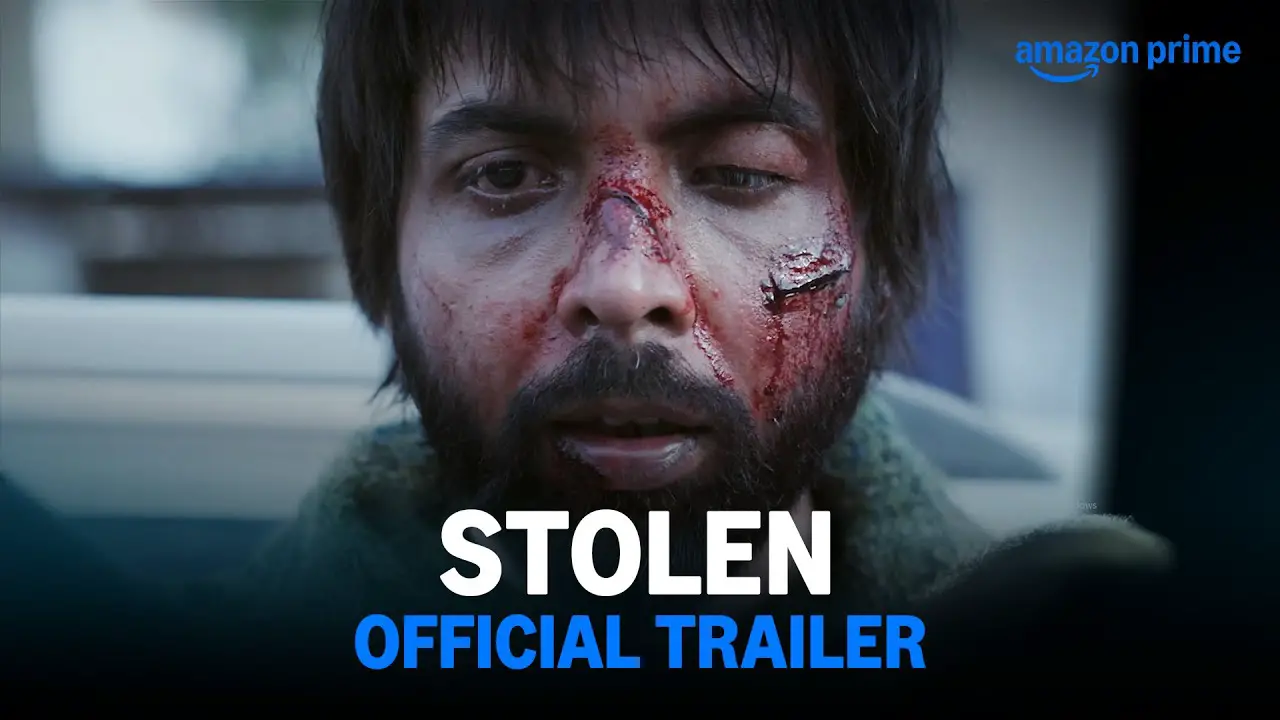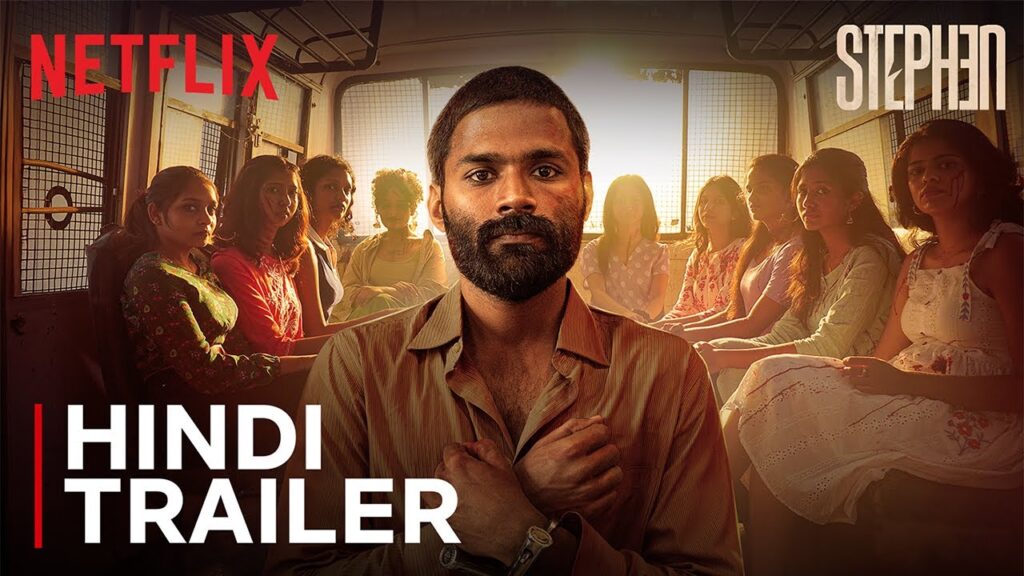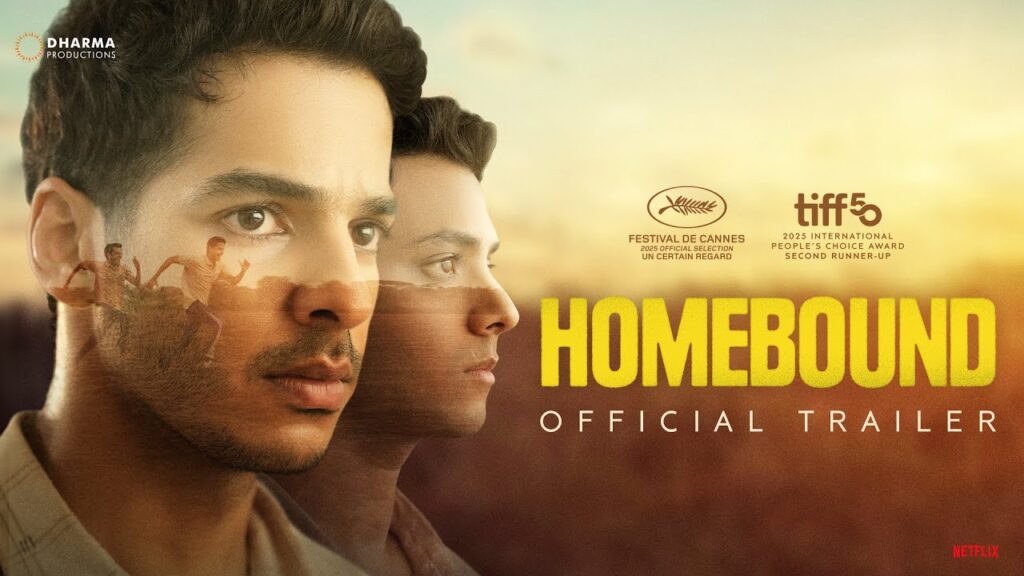Stolen Movie 2025 Bapamtv Review Details
Visual Grammar & Cinematic Language of *Stolen*
Color Palette Evolution
| Segment | Dominant Color Scheme | Emotional Impact | Symbolism |
|---|---|---|---|
| Opening Scenes | Cool grays, muted blues | Establishes detachment, urban sterility | Gautam’s isolation from rural chaos |
| Confrontation at Station | Harsh sodium yellow, stark whites | Creates disorientation and urgency | Truth under harsh scrutiny |
| Journey Through Night | Deep shadows, low contrast lighting | Claustrophobia and psychological descent | Blurred morality, unseen dangers |
| Final Sequence | Natural daylight, earth tones | Calm after chaos, emotional grounding | Return to humanity, hope amidst wreckage |
Key Cinematographic Techniques
| Technique | Example Scene | Interpretation |
|---|---|---|
| Handheld camera | 00:21:00 – Mob encounter | Delivers immediacy and anxiety; viewer feels complicit in chaos |
| Extreme close-up | 01:03:21 – Gautam’s face after betrayal | Invites emotional immersion, vulnerability emphasized |
| Negative space composition | Throughout Jhumpa’s scenes | Highlights her isolation and marginalization visually |
| Long takes | 00:48:20 – Campfire dialogue | Creates intimacy, allows emotional truth to surface organically |
Soundscape Design
- Ambient Layering: Insect hum, distant train horns, wind through dry fields — builds sense of rural vastness and threat.
- Diegetic Disruption: Mob shouts and torch crackles overlap dialogue, emphasizing loss of control and safety.
- Minimal Score: Sparse strings used only at turning points (e.g., Raman’s abduction), heightening emotional impact without sentimentality.
Symbolic Motifs
| Motif | Usage | Meaning |
|---|---|---|
| Train tracks | Recurring in wide shots and transitional scenes | Paths that connect yet divide—choice and displacement |
| Torches | Held by mobs, seen in climax | Symbol of violent enlightenment and blind justice |
| Footprints in dust | Emphasized in chase sequences | Evidence of movement, pursuit, and unseen witnesses |
| Red sari cloth | Jhumpa’s only belonging clutched throughout | Memory, identity, maternal grief |
Directorial Vision
Karan Tejpal employs a restrained and immersive aesthetic that echoes the works of Asghar Farhadi and Debra Granik. By resisting dramatic over-scoring or overt symbolism, he allows the setting to become the narrative driver. The mise-en-scène emphasizes bleak, dust-laden frames that rarely offer visual relief, reinforcing the characters’ psychological entrapment. The frequent use of fixed frames with action entering and exiting without camera movement intensifies the sense of surveillance and entrapment. It’s as if the environment is judging the characters—far more than any courtroom ever could. This reflects the film’s core tension: judgment without evidence. Moreover, the intentional avoidance of wide crowd shots during moments of mob violence keeps the threat abstract and omnipresent. It mimics how fear feels—not a number of people, but an unseeable force.
Editing Patterns
- Jump Cuts: Used sparingly, but effectively to indicate time disorientation, especially during night chase.
- Elliptical Editing: Skips exposition to mirror characters’ emotional gaps; what’s left unsaid is often more powerful.
- Cross-Cutting: Utilized during Raman’s disappearance and Jhumpa’s flashbacks—linking emotional timelines non-linearly.
Lighting Philosophy
The film embraces chiaroscuro principles, where the contrast between shadow and illumination reflects internal moral struggle. Jhumpa is often framed half-lit, suggesting a life lived between seen and unseen. Gautam transitions from well-lit to shadowy and back—marking his arc toward self-awareness.
Final Aesthetic Note
Unlike many thrillers that heighten suspense with quick edits and high-contrast visuals, *Stolen* trusts stillness. Its visual language is not reactive—it’s contemplative. You don’t just witness danger; you sit with it.










